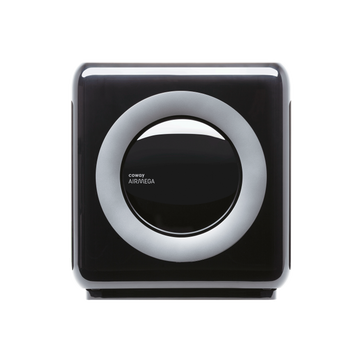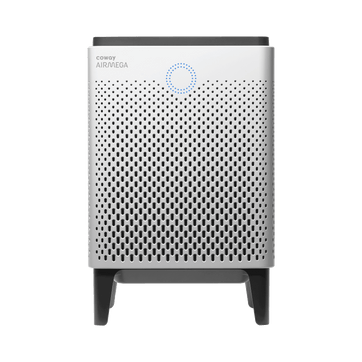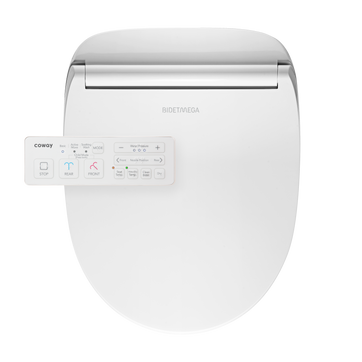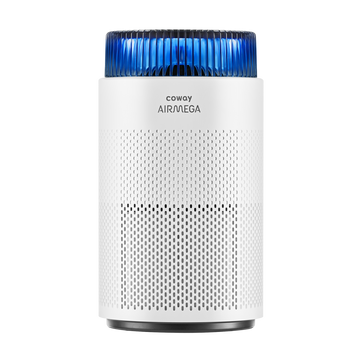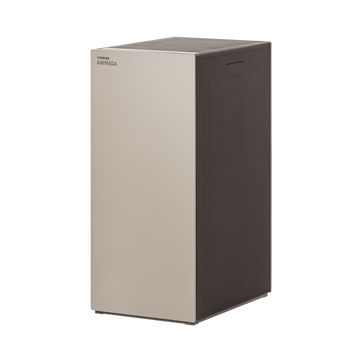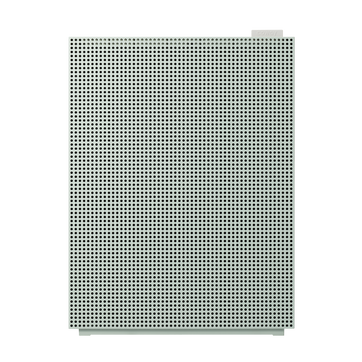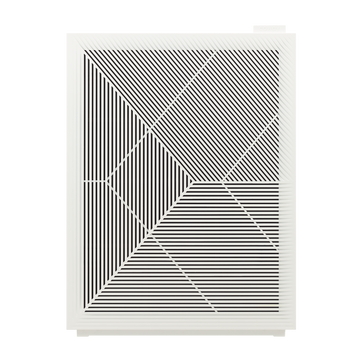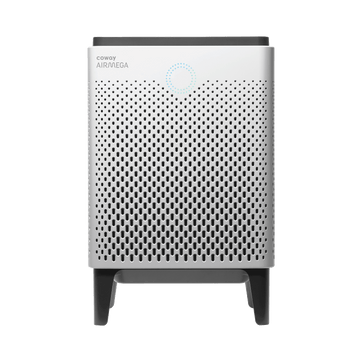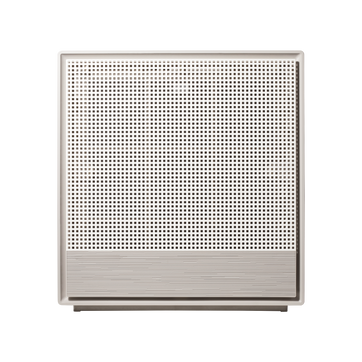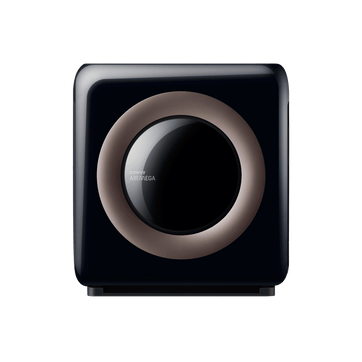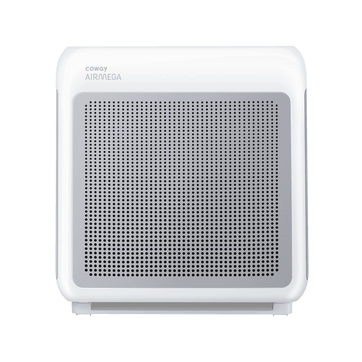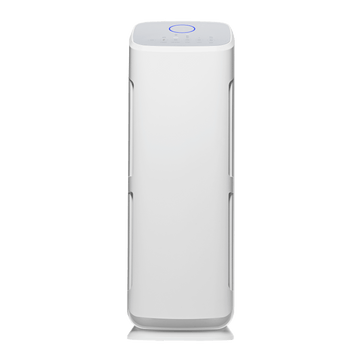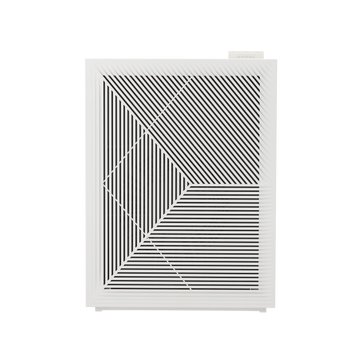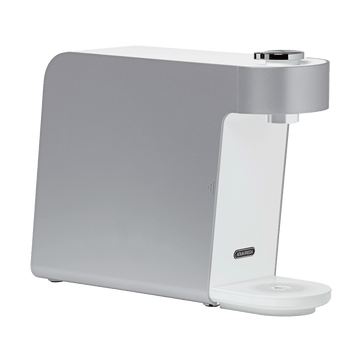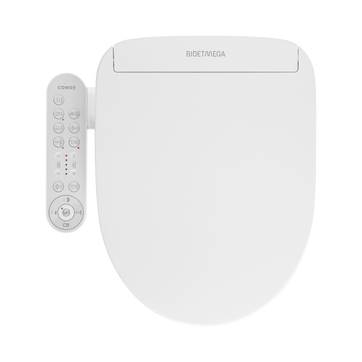
New methods for detecting air pollution
Until recently, measuring air quality has been the job of environmental regulators, who test the level of air pollution with monitors approved by the Environmental Protection Agency (EPA). But they’re costly and don’t necessarily tell you what the conditions are like in your own backyard or kitchen. Wouldn’t it be great to have sensors you could place inside or outside your home that could report on air quality? This can be particularly helpful information for those with asthma, allergies and other respiratory concerns.
Portable outdoor air sensors
A new generation of portable outdoor air sensors can do just that. Place one in your yard and you can get real-time information about air quality. A network of sensors has even been placed across California’s San Joaquin Valley, in backyards and around schools, to monitor pollution levels in lower-income areas. The EPA is testing portable air monitors installed in park benches that measure ozone and fine particle pollution, along with weather conditions.
Wearable air sensors
The next step for researchers is to develop low-cost air monitoring devices that are wearable. For example, engineers at Arizona State University are testing a wearable sensor that detects hydrocarbons, volatile organic compounds and acid vapors. It wirelessly transmits location, time and exposure data to a smartphone with an application that stores, displays and transfers the information to researchers.
Air sensors in the home
This new generation of portable air sensors can also be used in the home to test the quality of your indoor air. That’s important because harmful chemicals, exhaust from ovens and other factors, can cause indoor air pollution to be up to five times worse than outdoor air pollution. The reason: Contained areas enable potential pollutants to build up over time. A smart air purifier with a built in sensor, like Coway Airmega, can not only detect, but also automatically respond to the pollution level in your home and reduce the amount of potentially harmful particulate matter up to 99.97%.
Disclaimers
1Coway air purifiers have been proven to trap dust, pollen, dander, viruses and bacteria in the air based on KCL (Korea Conformity Laboratories) testing.They have been tested in a 30㎥ size chamber according to the Korea Air Cleaning Association standard (SPS-KACA 002-132:2022 Modified) to measure the 0.01㎛ size of particle removal rate. It was tested on maximum airflow speed in normal room temperature and humidity conditions. The performance may vary in the actual living environment of customers.
→ Tested with Airmega Aim, 100, 150, 160, AP-1216L, AP-1512HH, AP-1512HHS, 200M, Icon, IconS, 230, 240, 250, 250 Art, 250S, 300, 300S, 400, 400S, ProX
299.97% of viruses, bacteria, fungi and pollen were verified to be removed from the air for Coway air purifiers which have Green True HEPA™ filter applied based on the Japan Food Research Laboratories(JFRL) testing according to JEM 1467 standard.
→ Tested with Coway Airmega AP-1512HH, AP-1512HHS, 250, 250 Art, 250S, 300, 300S, 400, 400S
→ All tested by JFRL and received above result within below time.
All tested by JFRL and received above result within below time.
- Virus: Tested with Escherichia coli phage ΦX174 NBRC 103405, 60 minutes
- Bacteria: Tested with Staphylococcus epidermidis NBRC 12993, 60 minutes
- Fungi/Mold: Tested with Penicillium citrinum NBRC 6352, 60 minutes
- Pollen: Tested with Cedar Pollen extract, 60 minutes
3Aerosol test conducted in a Biosafety level 3 laboratory with two Coway air purifier models, Coway Airmega 250 and 400 for removal of SARS-CoV-2 Aerosol by US based MRI Global, a not-for-profit laboratory and partner of US Department of Defense. The test was conducted in a 13.1ft3 chamber. Virus was aerosolized for 15 minutes and the product was turned on high for 2 minutes. Result showed each product effectively removed over 99.98% of the SARS-CoV-2 in 2 minutes. This is a result from a laboratory experiment condition and result may vary in different conditions. This result does not imply it kills SARS-CoV-2 or prevents the transmission of Covid-19. Coway Airmega 250S and 400S are identical to the tested models and has equal performance with an additional mobile connectivity function.
4The concentration of ammonia, acetaldehyde and acetic acid were proven to be removed within 30 minutes by FCG Research Institute, Inc. Human Life Science Lab. It is not a demonstration result in the actual use space. Not all odors and gases may be supported. → Tested with Coway Airmega 150, 160, AP-1512HH, AP-1512HHS, 400, 400S
5The coverage area of the air purifier is based on an area where the air cleaner can make two air changes per hour (ACPH). An air change per hour translates to how many times an air purifier can clean an area, assuming the height of a ceiling to be 8 ft, in one hour. Therefore ** means two air changes per hour means that the cleaner can clean the area once every 30 minutes and * means air changes per hour means that the air purifier can clean the area once every 60 minutes.
10Terms and conditions apply. Discounts, including promotions, coupons, bundle discount and subscription discount, cannot be stacked on top of other coupons. During promotional periods, discount codes will not be able to be applied to orders. Promo codes may apply to products only—filters, accessories, and new products within 3 months of the release date are not included.
